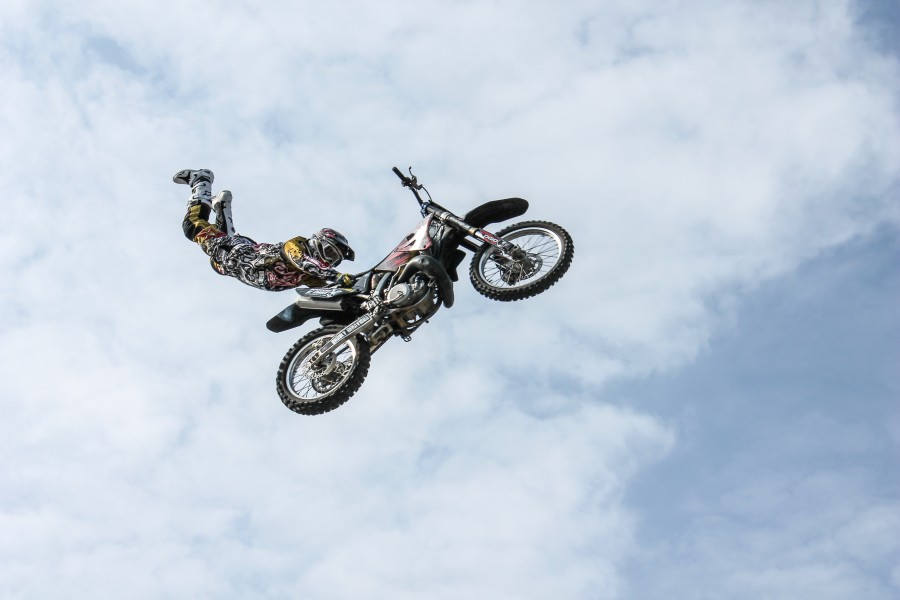
A used dirt bike can be an excellent way to try off-road riding without spending a fortune. With the money you save, you may buy replacement components and riding-style-specific enhancements.
As a consumer, it is your responsibility to thoroughly research a model and examine it to make sure you are not being taken advantage of. You will need some mechanical expertise, or you can bring a friend who is more experienced with dirt bikes.
Table of Contents
Do I Need to Do Research Before Purchasing a Dirt Bike?
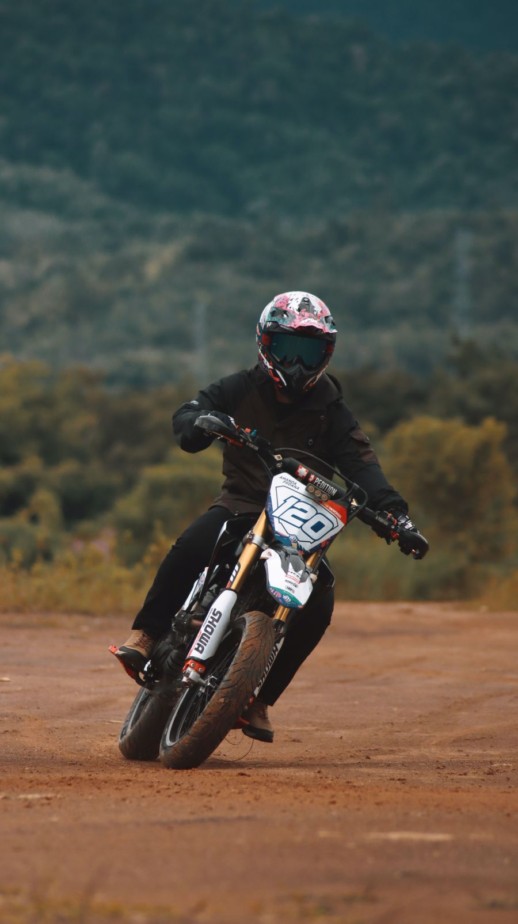
When purchasing a used dirt bike, research is required. Make a list of the brands and models you want, then compare them according to your preferences, riding style, size, and experience level. After limiting your possibilities, gather as much information as you can.
As you can see in reviews of each brand and what customers have to say about them, forums may be a wealth of information.
Look for any user complaints and any advice that other customers have emphasized. When it comes time for testing, having this knowledge will come in helpful because you’ll know exactly what to look for.
Websites like Kelly Blue Book and Craigslist offer suggested and typical prices. Keep up with the classifieds and go around your neighborhood for actual prices.
To find the greatest deal, you might need to shop around because rates can vary by jurisdiction.
Make a Budget
Calculating your intended spending on the dirt bike is the first step. Determine the item’s current market worth and contrast it with the asking price. If there is a significant difference, you can go ahead and start the used model buy.
As the bike has been used, you should also anticipate potential repair or service charges. Some parts may need to be upgraded, while others may need to be replaced.
It is advisable to forecast additional fees because they will accumulate along the voyage. There may be a sales tax in some states; to include it in the final price, check the buying rate.
The cost of title transfer and registration at the local DMV might range from a few dollars to several hundred. Once you have finished making the purchase, you must additionally incorporate insurance.
What Are Your Thoughts About The Bike Seller?
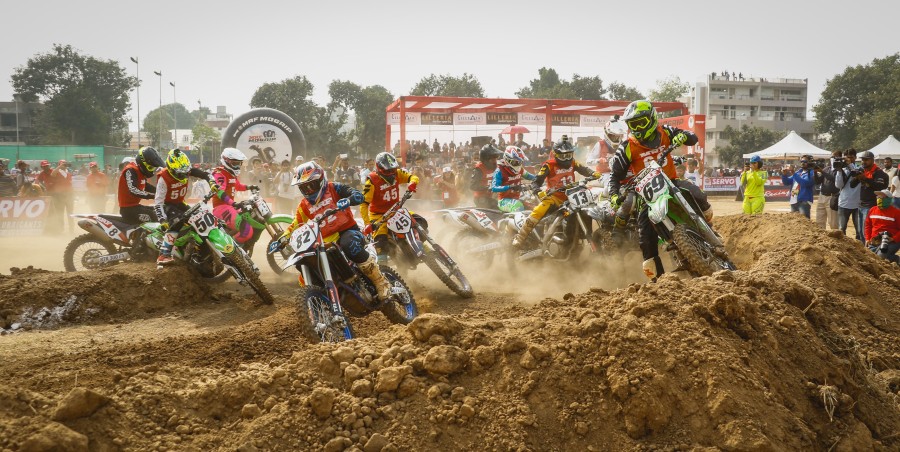
Do not jeopardize your safety by enquiring further about the seller. If you and the other person have communicated via messaging or email, call the other person and ask any questions you may have.
Is this person the first owner? What ownership documents are they going to include with the offer? Who did the bike repair? Has the motorcycle been adjusted?
You can learn more about someone and determine whether they are sincere by giving them a call. Whenever in doubt, go with a friend. It’s a good idea to be aware of the area where the vendor wants to meet. You don’t want to enter a dangerous area haphazardly.
If you are dubious of the location they have suggested, you have the right to request that you meet them there. If they object, consider it a red flag and move on to another vendor.
Be respectful and considerate of the seller’s time in all of your communications with them. Considering that they will have other obligations to attend to, make sure the topics you ask are pertinent. Save the important questions for a face-to-face discussion.
Should I Get a 4 Stroke or a 2 Stroke?
Do you want a dirt bike, but you can’t decide how many strokes it should have? Although there will always be a debate between 2 and 4-stroke motorcycles, both are excellent choices for beginning riders.
4 Stroke Dirt Bike:
- Rebuilding engines typically costs more money
- Most of the time, it’s simple to ride a modern 4-stroke faster
- Has a slightly longer lifespan before needing to be rebuilt (unless you neglect to maintain it)
2 Stroke Dirt Bike:
- More power-to-weight
- Engine maintenance is easier
- New 2-stroke enduro bikes are ideal for trail riding
- It is necessary to mix gas and oil (unless the bike is oil-injected)
How Do You Find a Good Dirt Bike?
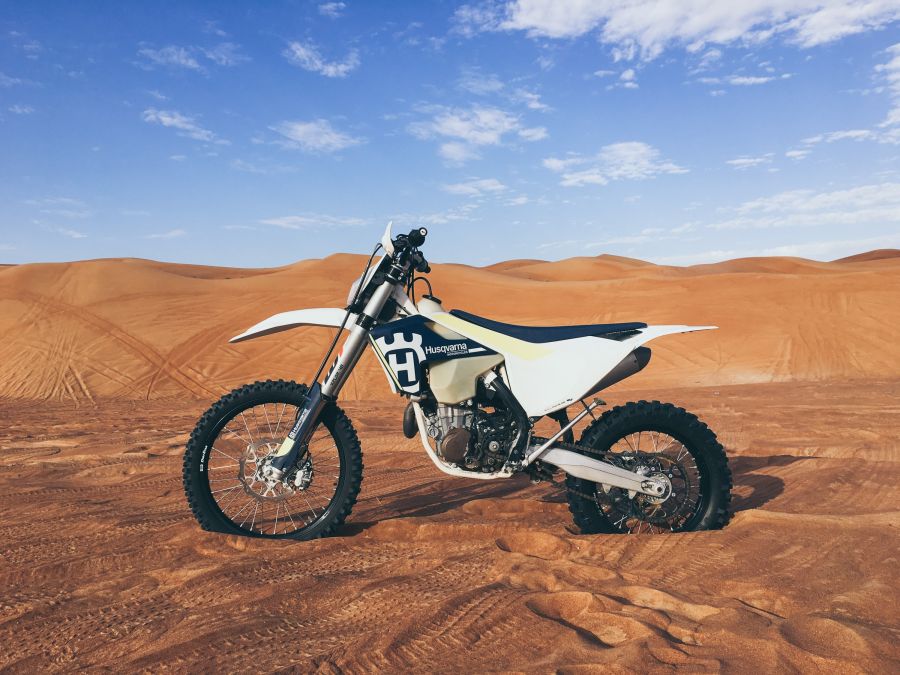
You’ll need to be patient when looking for an excellent dirt bike. You don’t want to move too quickly and miss out on better options. Since most riders who wish to sell their models place ads there, the local motocross track can be a great place to start. Local riding groups can be excellent resources for connecting with bike sellers.
Finding dealers is made easy by using regional internet communities and directories like Craigslist. However, you should exercise additional caution while making purchases on these platforms. An advertisement often includes images as well as details about the vehicle, brand, model year, engine type, and size.
Additionally, there are merchants who focus on purchasing and selling used dirt bikes. Although you are unlikely to receive a comparable deal to that of an individual seller, major dealers provide a reputation and warranty.
Because there are so many different types and makes of dirt bikes available, there is no need to make the purchase right away. Consider the feedback from customers regarding your favorite bike and take your time making the decision.
Examine The Motorcycle In Detail
Even though taking a close look can seem obvious, it can provide more information than you might expect. Examine the frame, magneto cover, chain, sprockets, and gearbox cover, among other parts, for damage. In order to get a broad idea of the paint’s usage, check to see if any of it has run off. Check for any bends or cracks.
A ride will show you whether the bike is in good shape if you have been riding for some time. Look around carefully if you are in the seller’s house.
The garage, is it tidy? Does their car appear to be well-kept? Can you find some maintenance and repair tools?
It’s likely that they were cautious with the dirt bike if the other possessions appear to have been well-kept. Pose the following inquiries to the vendor:
- When did you get the bike?
- Have you been in a serious accident?
- Have you encountered any significant problems with the model?
- Which maintenance schedules for the bike have you followed? Exist any records?
- Why does the bike need to be sold?
- If so, what harm was done and how was it fixed?
To determine whether the responses sound fabricated, listen to them. Take it negatively if the salesperson stumbles through the responses. When dealing with them, trust your gut. Remember that the vendor may overstate the condition of their bike and avoid being persuaded by the bike’s overall appearance.
What You Need To Check Before Buying A Used Dirtbike?
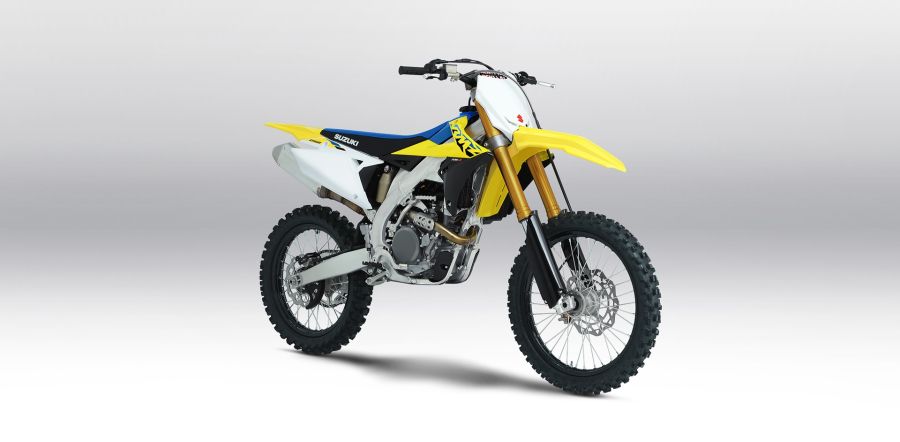
Prepare a list of things to check off while you inspect the bike. The key components are as follows:
1. Plastics
A couple of years old dirt bike typically has minor scratches on the plastic. It is likely that the bike has been smashed into the wood if it has brand-new plastic parts. The back of the bike’s seat has cracks in the plastic, indicating that it has been turned around. Check the surrounding fixings for fractures and missing screws.
2. Air Filter
Before purchasing an old dirt bike, always check the air filter. You should be allowed to request an inspection of the airbox from the seller. If they object to inspection, they probably have something to hide, therefore you shouldn’t bother with the transaction. Poor maintenance is indicated by a filthy air filter. You shouldn’t purchase a bike from a seller who isn’t interested in cleaning the air filter. As the seller goes to get it, inspect the intake tract for debris and dust with a flashlight. Regardless of the state, it is a good idea to replace the air filter because it is an essential part.
3. Brake and Clutch Levers
Brake and clutch levers are very simple to bend or break. Despite being relatively cheap, the costs of repair quickly add up if more than one needs to be replaced. Both the shift lever and the rear brake pedal are susceptible to damage. A loose shifter frequently indicates that the splines are likely worn out and need to be replaced. The shifter should be on tightly.
4. Oil Spills
Check for oil leaks, especially at the bottom of the engine and around the front fork seals. Most dirt will stick to the oil, and since the seller might have cleaned the motorcycle before you arrived, this can assist you to figure out where to search. Most dirt will stick to the oil, and since the seller might have cleaned the motorcycle before you arrived, this can assist you to figure out where to search.
5. Radiator
Pay particular attention to the radiator. Are they broken or bent? What state are the fins in? Check to see that the coolant level has been kept at the appropriate level. Verify that the radiator is filled to the brim and is not leaking. You can decide not to get the bike or make plans to get one if it appears to have been patched up or mended improperly.
6. Exhaust
Before going for a test ride, make sure the muffler is warm. It might imply that the seller started the motorcycle before you arrived in an effort to mask any stalling, choking, or other technical noises.
7. Sprockets
The chain frequently wears sprockets as well. You can expect to get one rear sprocket and two front ones out of the chain if it is maintained properly. Teeth with a hook form indicate severe wear. With your fingertips, you may detach the chain from the back sprocket. The chain might need to be replaced if it disengages by more than a few millimeters. Check the teeth for any missing pieces.
8. Chassis
The chassis frequently reveals whether the dirt bike has been in serious or numerous collisions. Keep an eye out for odd cracks at the welds or where two parts connect. By viewing the model from the back, you may determine if the subframe is bent. The fender will frequently become more aware of one side. The welds towards the top of the rear shock serve as one stress point.
Obtain the VIN of the Dirt Bike
In general, every motorcycle has a VIN. It has 17 characters and is used as a model’s identification number.
If the bike has been in an accident, rebuilt, or stolen, the VIN will let you know. Check the VIN’s status by locating it on the steering neck of the motorcycle.
Request Dirt Bike Records
Any visits to the mechanic or improvements should be documented by the seller. You must rely on the accounts of the vendors because the majority of them handle maintenance independently.
While registration is required in certain states, it is not in others. Be watchful enough to be knowledgeable about local laws. Ask the local DMV about the documentation required when purchasing a used dirt bike. In the event that registration is required, buy a title from the vendor.
To complete the sale, the seller must deliver a Bill of Sale receipt. The receipt must bear the notation “Paid in full.” This protects you from scammers who might try to say that you didn’t pay for the dirt bike.
Although some dealers can demand cash, a check is the safer form of payment.
Avoid Purchasing a Recalled Safety Bike!
In the bike industry, safety recalls are frequent. The items go through rigorous testing and strong quality control procedures, yet sometimes they don’t go according to plan.
Long-term use of a motorcycle necessitates recalls of certain vehicles. The participating brands frequently inform dealers and owners of the recalls and provide free repairs or upgrades.
Due to possible relocation or the sale of the bike to a customer who is not aware of the recalls, this notice may not always reach the owner.
The latter situation is highly risky since you can end up with a faulty product that might injure someone without your intervention because of a design flaw in the bike.
There are websites that track information about brand-specific recalls. Information regarding recalls can be found in great detail on the National Highway Transportation Safety Administration’s website. In order to check for any safety precautions, you will need the VIN.
Any recalls will normally be noted on the bike’s manufacturer’s website, so it is a good idea to check.
Final Thoughts
The good news is that there is a strong sense of community among dirt bike riders. Due to its emphasis on families, the experience appeals to the majority of individuals.
Finding a good dirt bike won’t probably be as difficult as you imagine. Generally speaking, your chances of finding a reputable seller are very good.
Use common sense when making purchases. Avoid doing business with sellers that don’t seem trustworthy. More options and models are always available.
Seek advice from a friend with greater experience if possible.
You must inspect the internal and external components of a specific bike and perhaps take it for a test drive. The goal is to become as familiar with the motor as possible.
As long as the seller is willing to supply all the information regarding the bike in issue, the paperwork process should be straightforward.
